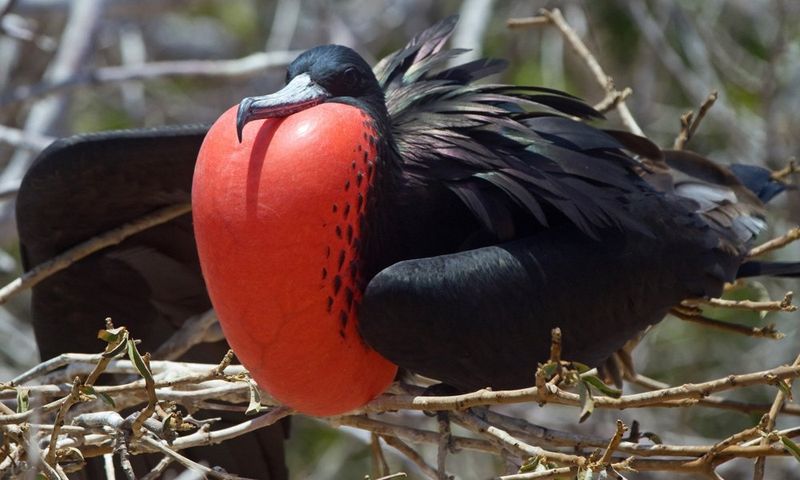Seabirds
The Coral Sea Marine Park is lightly dotted with tiny cays. These sandy fragments of rock and coral are stepping stones in the vast Coral Sea, making them important nesting and resting places for the region’s seabirds.
Did you know?
- 56 cays and islets are scattered across the Coral Sea Marine Park, providing vital seabird habitat.
- 2341 km is the distance travelled by a masked booby from Phillip Island (near Norfolk island), where it was banded as a chick, to North East Herald Cay.
- 60,000 to 130,000 pairs of wedge-tailed shearwaters breed on Coral Sea cays every year.
- Some cays have unique plant communities, but even the unvegetated cays host seabirds and turtles nesting in the sand.
- Cays support huge numbers of migrating and nesting seabirds. Breeding season in the Coral Sea is an unforgettable annual spectacle.
Mass breeding events
At the end of cyclone season each year, tens of thousands of seabirds descend on the Coral Sea cays to find the perfect nesting spot.
Species that depend on the cays for their survival in the region include:
- the red-footed, brown and masked booby
- greater and lesser frigatebird
- red-tailed tropicbird
- common and black noddy
- bridled and black-naped tern
- wedge-tailed shearwater
- crested and sooty tern.
The density of bird life here in the breeding season is hard to imagine.
The tiny North East Herald Cay, less than half a square kilometre in size, hosts over 500 pairs of red-tailed tropicbirds and more than 1400 pairs of frigatebirds.
Epic migrations
The Coral Sea cays are a vital stopover for migrating seabirds.
One of the most extreme travellers is the frigatebird, which can fly for months without landing.

They feed by catching flying fish or taking other birds’ prey mid-flight.
Cleverly saving energy by using the natural updrafts over the sea, they can fly at altitudes of up to 4000 metres.
Rare birds and flowering forests
The Coringa-Herald and Lihou Reef cays provide near-pristine nesting habitat for several threatened birds.
The area is recognised as a Ramsar Wetland of International Importance.
Thick forests of Pisonia grandis (a flowering tree in the Bougainvillea family) grow on North East Herald Cay and South East Magdelaine Cay.
Globally rare, pisonia forests play an important role in supporting seabird populations by providing shelter and nesting habitat.
Journey of discovery
In June 2016, Parks Australia led a ‘Bush Blitz’ voyage to largely unexplored cays in the Coral Sea, including the Diamond Islets and Coringa-Herald cays, to survey vegetation and wildlife.
“As a botanist, my role in the team was to study the plants, but it was impossible not to be awestruck by the birds.”
~ Dr John Westaway, Coral Sea Bush Blitz researcher ~
They found several new species including a soft coral and spiders, and had front-row seats for the seabird breeding season.
The cays teemed with bird life at all stages of development: chicks, fledglings and huge masses of adults, many of them busy building nests, sitting on eggs and feeding chicks.
Discover more
Find out about:
Stay in touch
Subscribe to receive important updates about your marine parks. Enter your email address and click "join now".





